These 5 Spectacular Impact Craters on Earth Highlight Our Planet’s Wild History
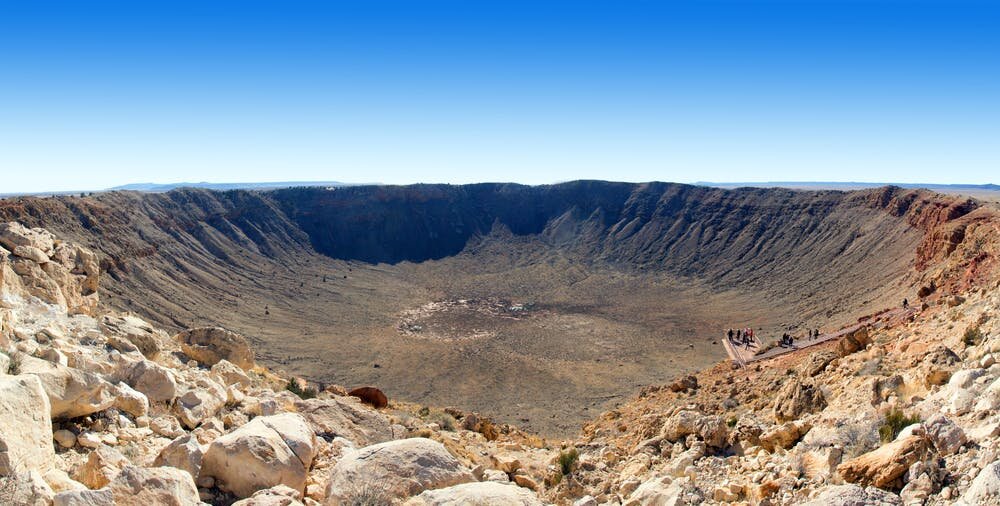
Craters are extremely cool - what’s even cooler are impact craters. Apart from looking outstanding, impact craters also help us understand the geology and the solar system process. This article will list some of the most amazing impact craters around the planet.
Meteor Crater
Arizona, United States
The Barringer Crater, also known as the Meteor Crater, is located near Winslow along Route 66. This was one of the first craters caused due to extraterrestrial impact. The crater is about a kilometer in diameter and is said to be about 50,000 years old. While most claim that the crater was due to an impact, others claim that it was due to a volcanic province nearby.
In the late 1960s, high-pressure quartz was found in the rocks. This, coupled with the meteorite fragments found around the crater, is said to be conclusive evidence that the crater was formed due to a meteorite impact. This crater should be a part of your next Grand Canyon trip.
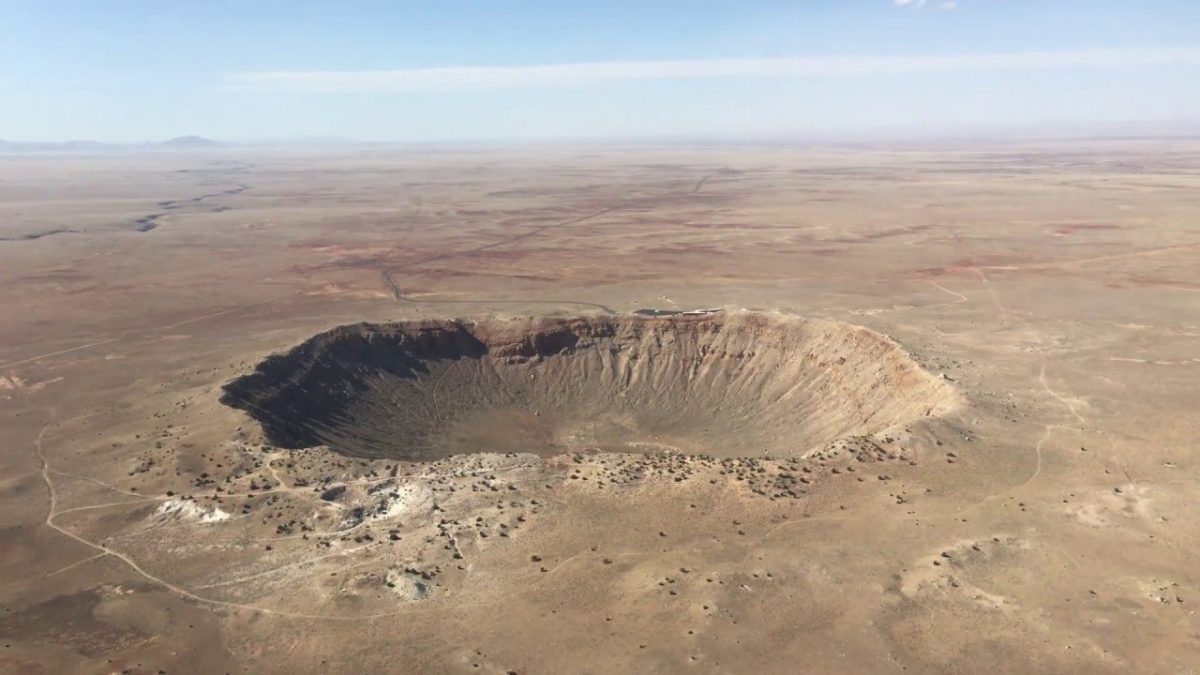
Chicxulub
Yucatan, Mexico
This one is called the dinosaur killer. It is located in Mexico on the Yucatan peninsula. The crater is about 180km in diameter and is said to be about 66 million years old. This coincides with the extinction of dinosaurs.
Geologists have been looking for mass extinction records in the rocks for many years. Their theory fell into place when they found iridium, an element of meteorites. This meteor not only wiped out dinosaurs, it affected about 75% of all living species on Earth.
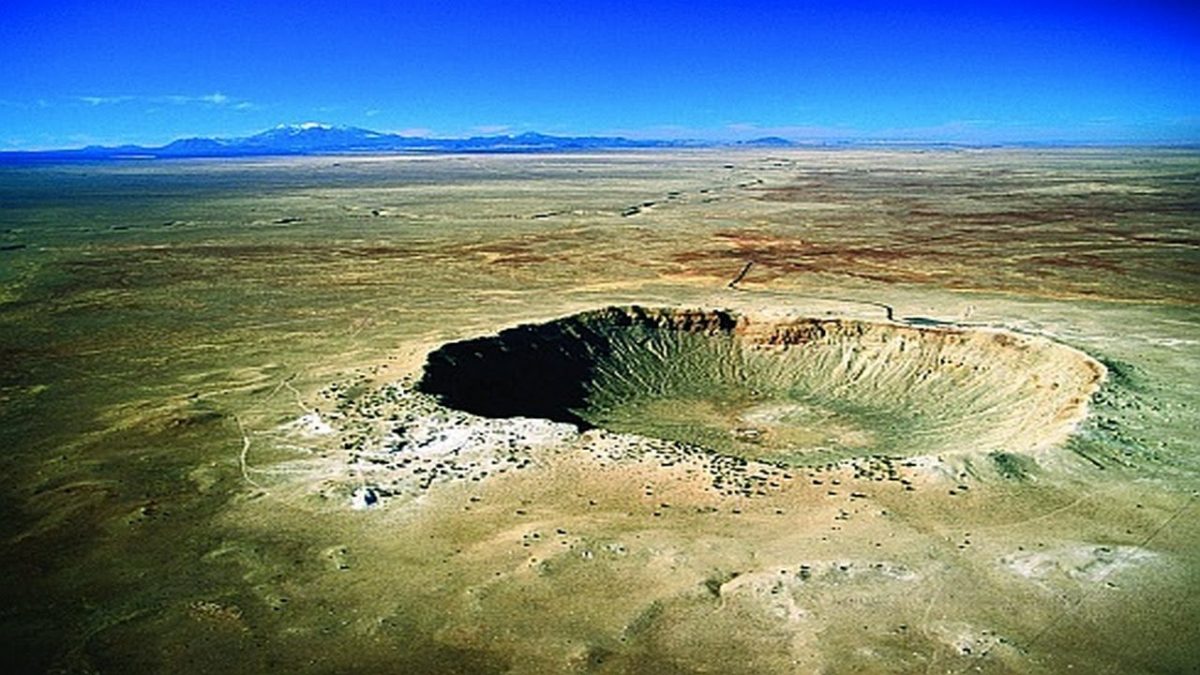
Vredefort
South Africa
There are a few craters that can unearth economic resources. Some meteors can expose buried metals, and this is exactly what Vredefort did. Almost a third of the gold supply in the world is said to be mined from here.
This crater is one of the largest on Earth and is said to be over 2 billion years old. The crater originally had a diameter of 300km and has eroded over the years. The impact exposed some very old rocks. This is one of the few places on Earth where you can see geological records of the history on Earth. You will see rocks that are between 2.1 and 3.5 billion years old.
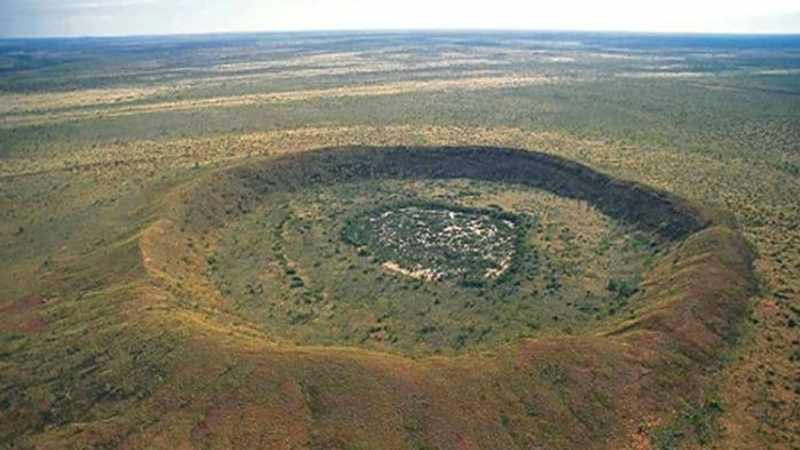
Tnorala
Northern Territory, Australia
Australia is said to be home to the oldest living culture. There is evidence that people have lived here for over 65,000 years. The continent also has over 30 impact craters and the local communities consider most of these structures as sacred.
Tnorala has a diameter of about 4.5km and is located about 150 meters above the desert that surrounds it. The crater is said to be about 142 million years old and has a diameter of about 24km when it was formed.
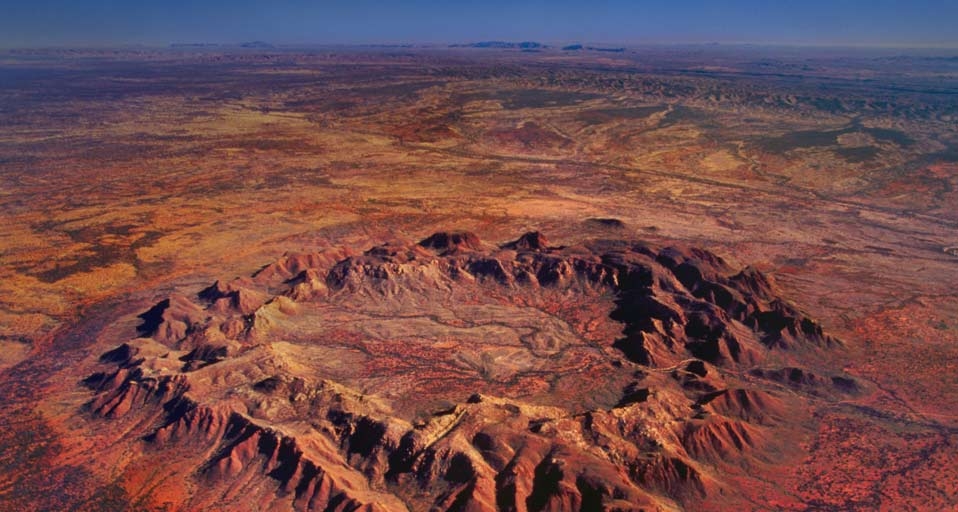
Nördlinger Ries
Germany
Nördlinger Ries is said to be about 14 million years old and has a diameter of about 24km. The Nördlinger is located inside this massive crater. You can even see the crater rim when you climb the church steeple.
This is said to be one of the craters that impacted the life of Earth. This can be inferred due to the presence of quartz and coesite. The mineral was only found previously deep within the Earth’s surface or after nuclear explosions. Many of the buildings in the city were built with the rocks formed in the crater.
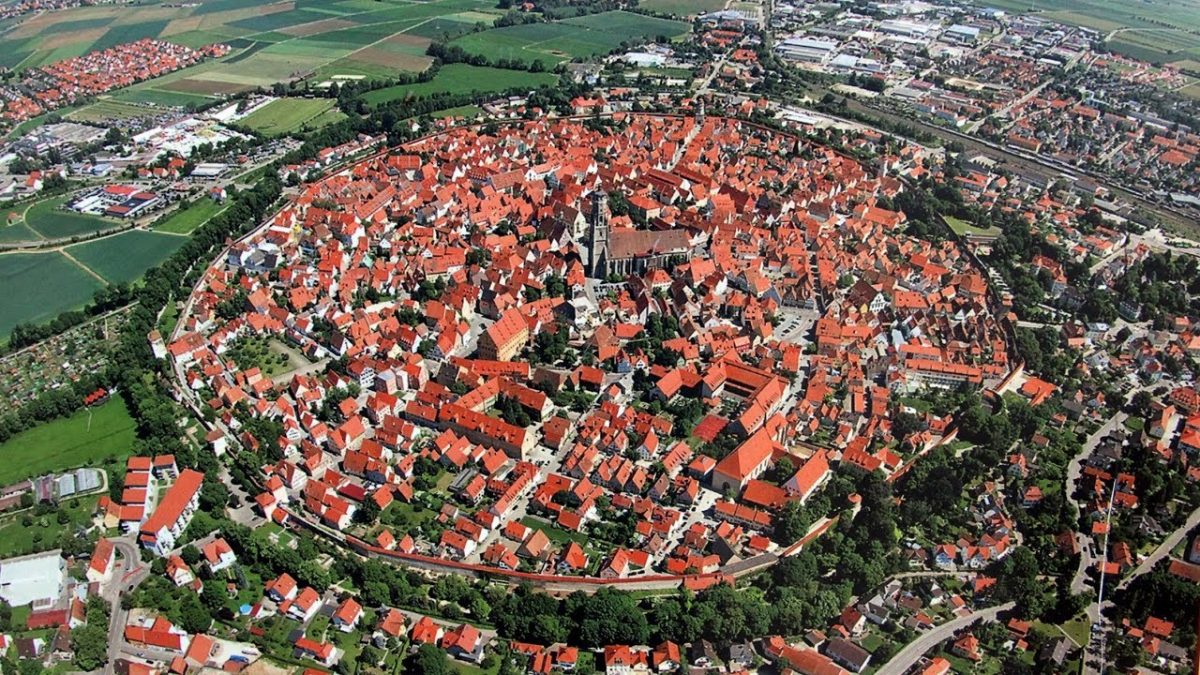
Many More To Be Discovered
These craters are divers and are filled with mystery and intrigue. There are still many craters yet to be discovered. With satellite imagery getting better by the day, geologists are looking at new regions in search of new craters and chemical impacts.
Advertisement

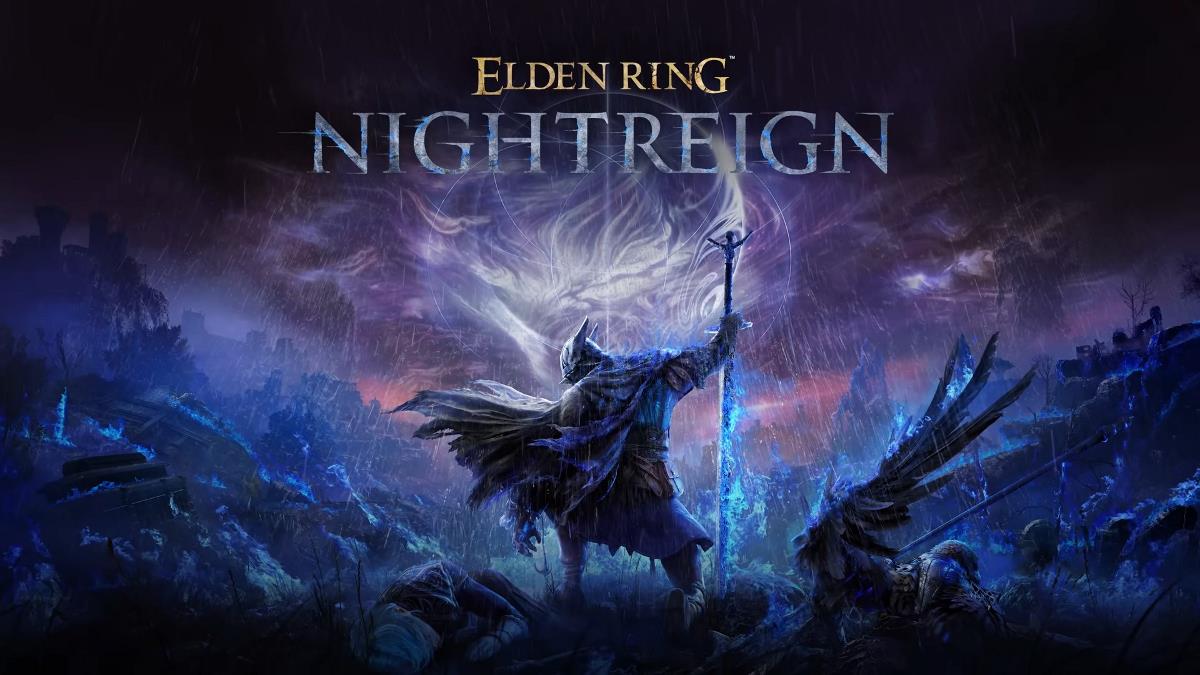
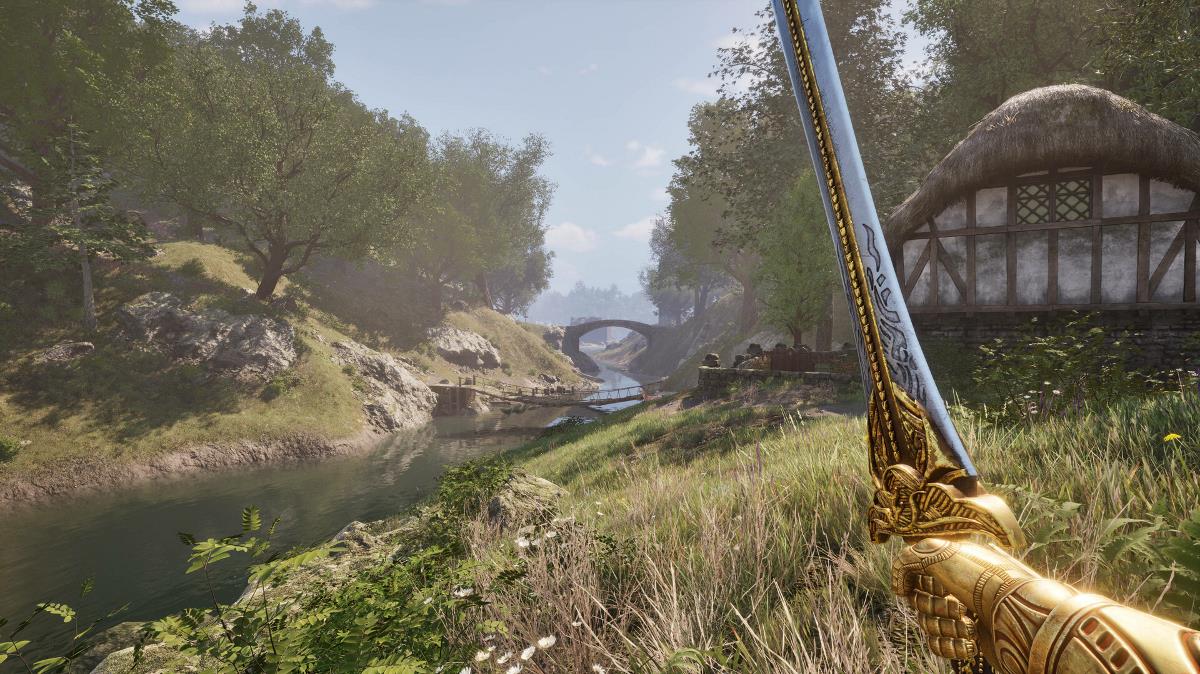
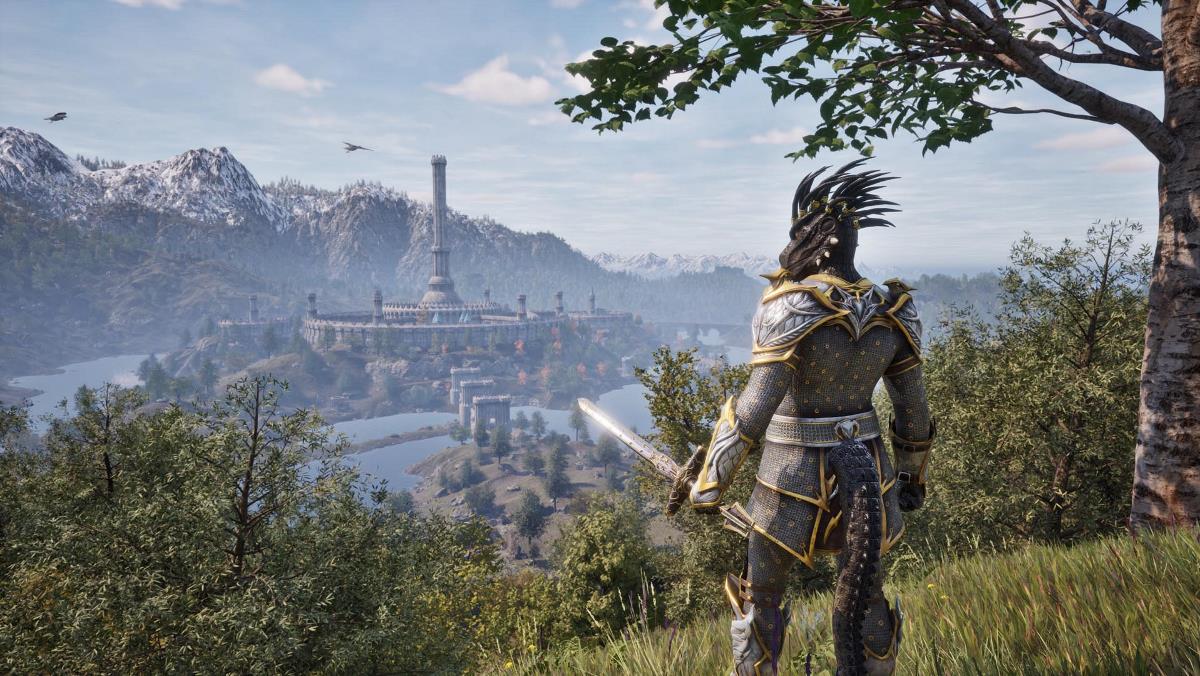

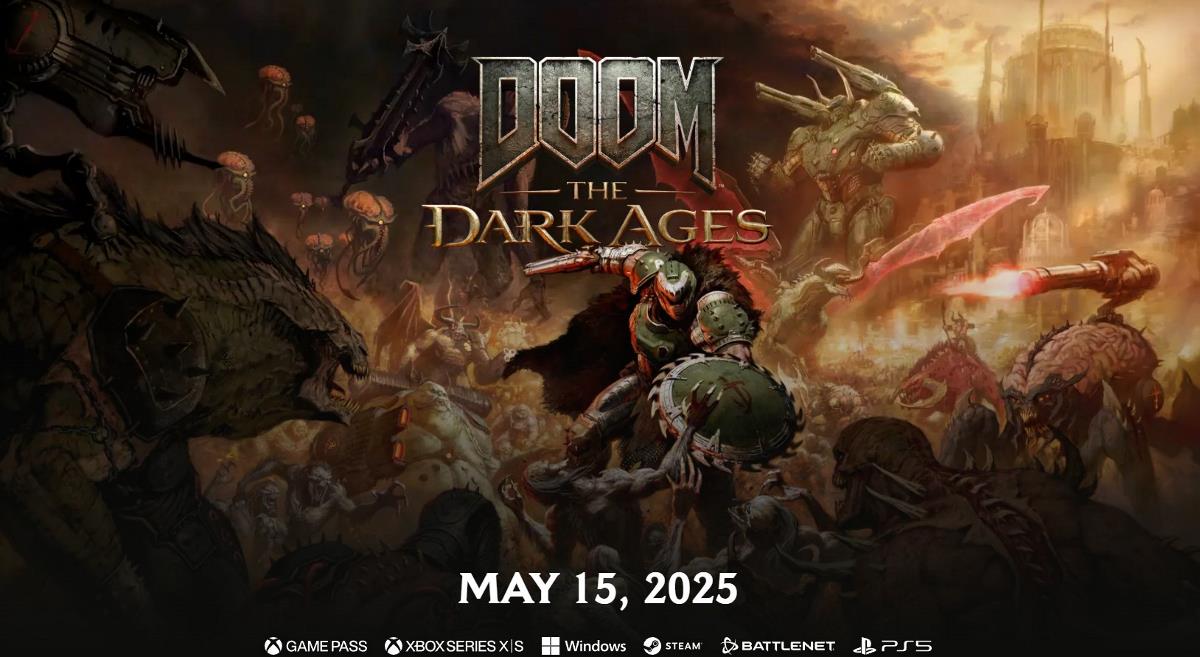






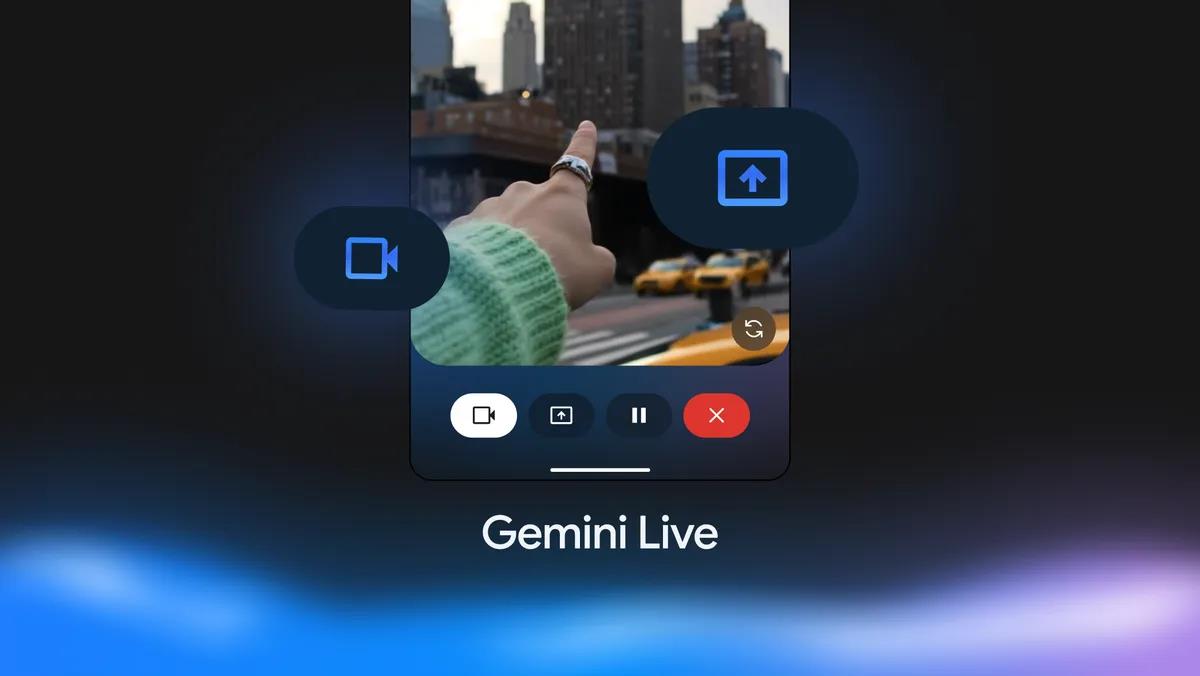







Thanks for the article! :]
Great article, Shaun. Now if you’ll just stop being a Microsoft shill…
The photo beneath the entry for Chicxulub is just another slightly different angle of Meteor Crater. This seems to be a common misidentification on the Internet.
@microfix Why do you think it’s 2.4km? Most pictures just show the blowback / buildup at the very center of the impact. The crater itself is much larger.
Can’t wait for the next one so I can see it in real time. :)
Nördlinger Ries shows an example of what Joseph Campbell, author of “The Power of Myth” explains: Old cities always built a Cathedral at the center of the city to symbolize the importance of the spiritual life being primary and all else secondary; modern day cities, he claims, are most often built with the “financial district” at the center with Churches/Cathedrals-Temples on the fringes of the city.
Such a shift in architectural design and city planning, Campbell theorizes, metaphorically shows the “decline” of humankind’s spiritual evolution.
Refer to “The Four Ages” as found in India.
An excellent story using “Chicxulub” as a metaphor can be read at the following site:
https://www.newyorker.com/magazine/2004/03/01/chicxulub
”Nördlinger Ries is said to be about 14 million years old and has a diameter of about 24km.”
Fascinating use of a crater that’s factually 2.4km in diameter.
indeed. Lots of false info (wrong data / GPT BS). +The two first images are of the same crater.
Classify as fake news, it is so wrong it falls into deliberate misinformation.
Can someone at ghacks please rid us of Shaun’s increasingly bad posts.
“The grand agents of nature are indestructible.”
— James Prescott Joule, FRSE, FRS (1818 – 1889)
Very interesting, thanks
Indeed very interesting. Thanks Shaun!